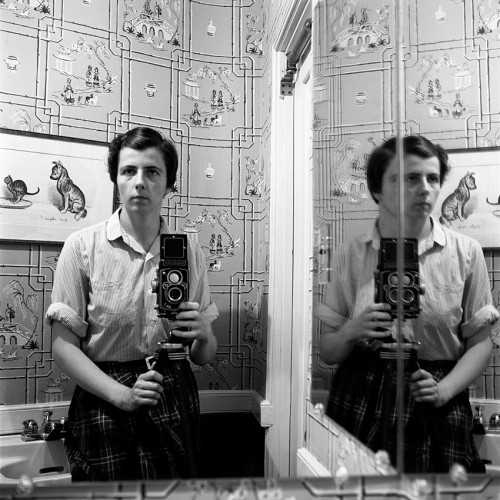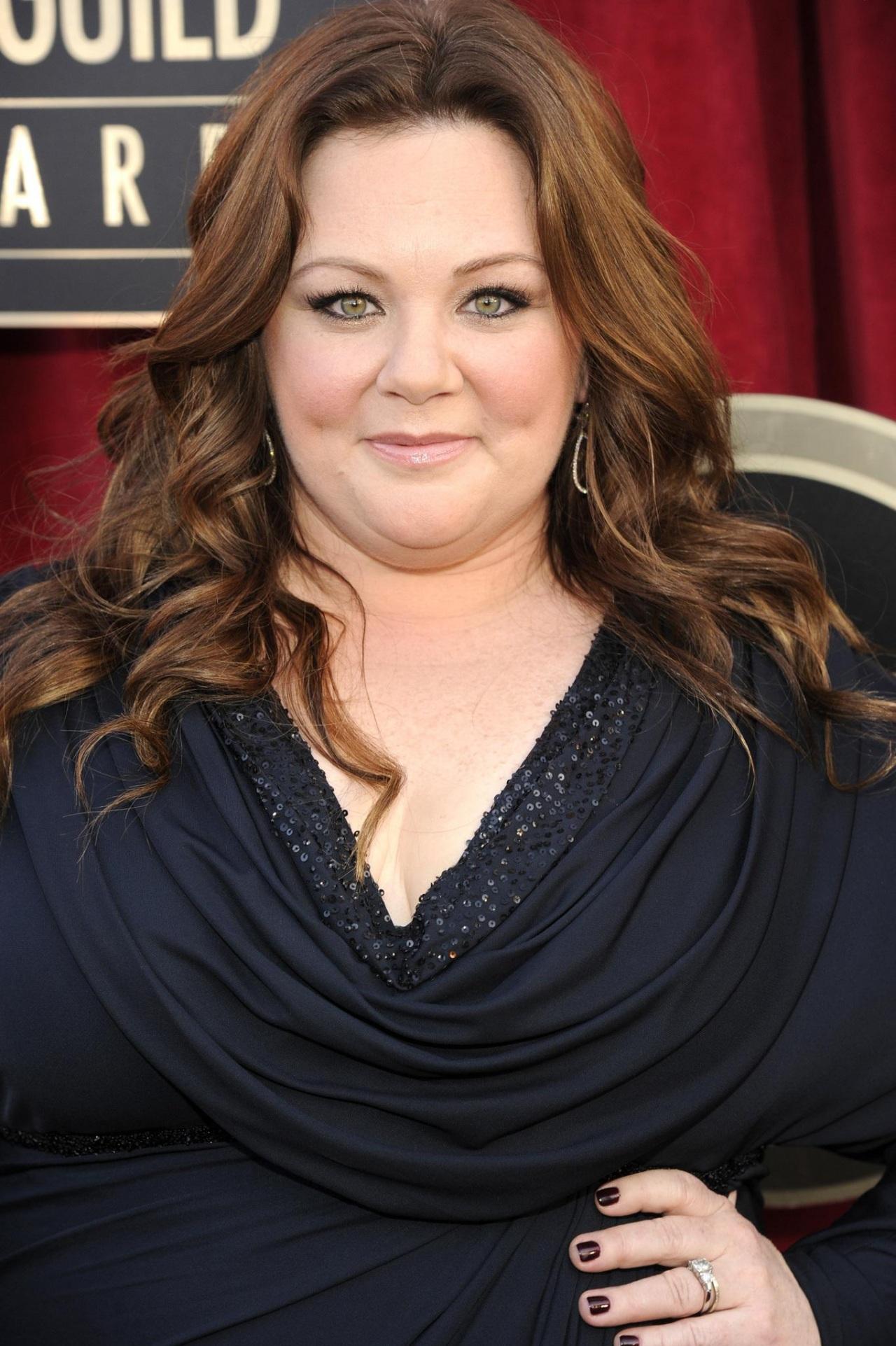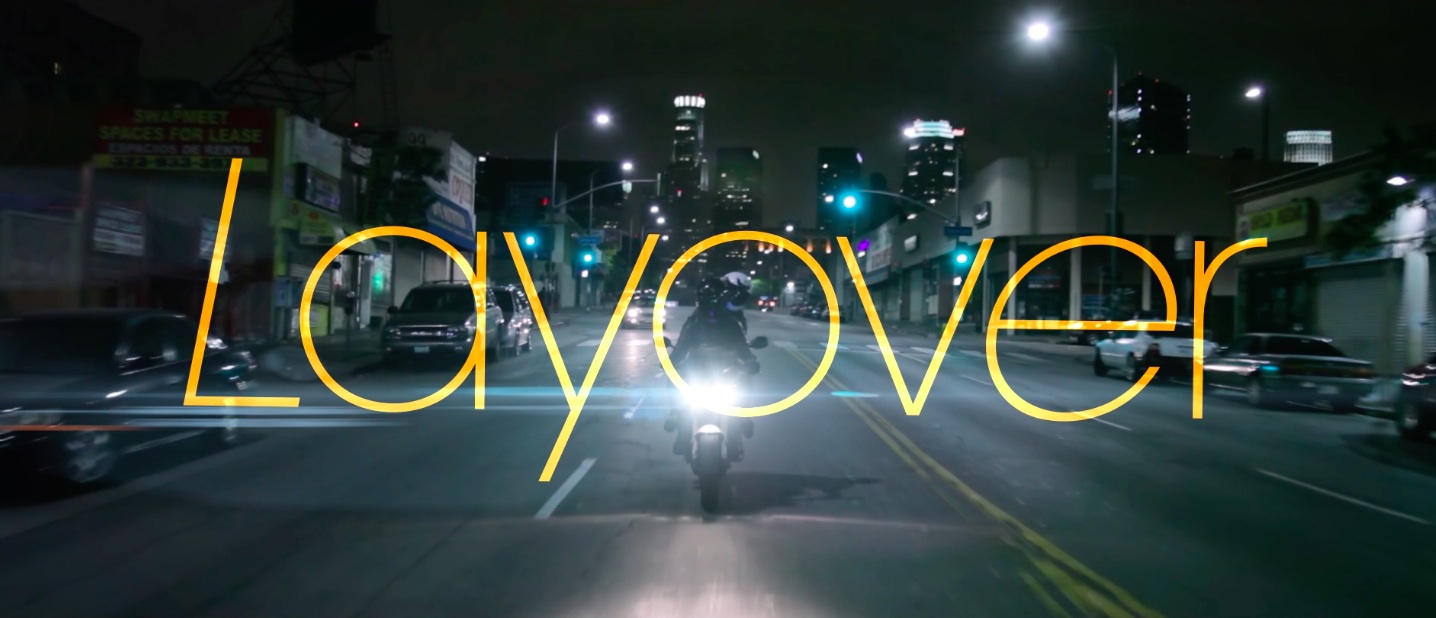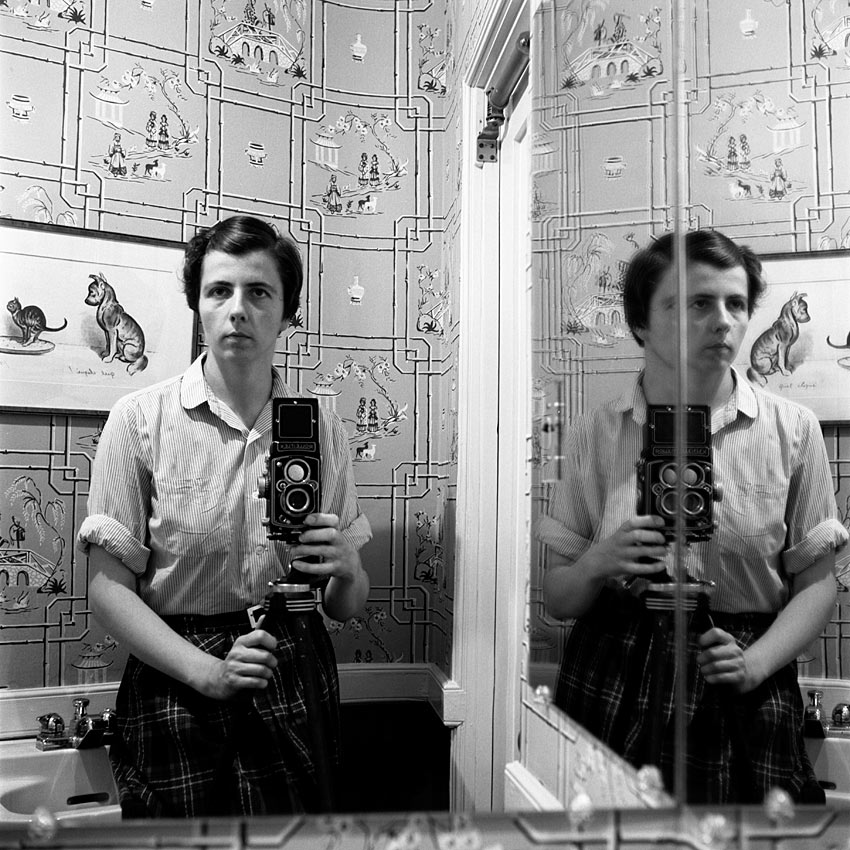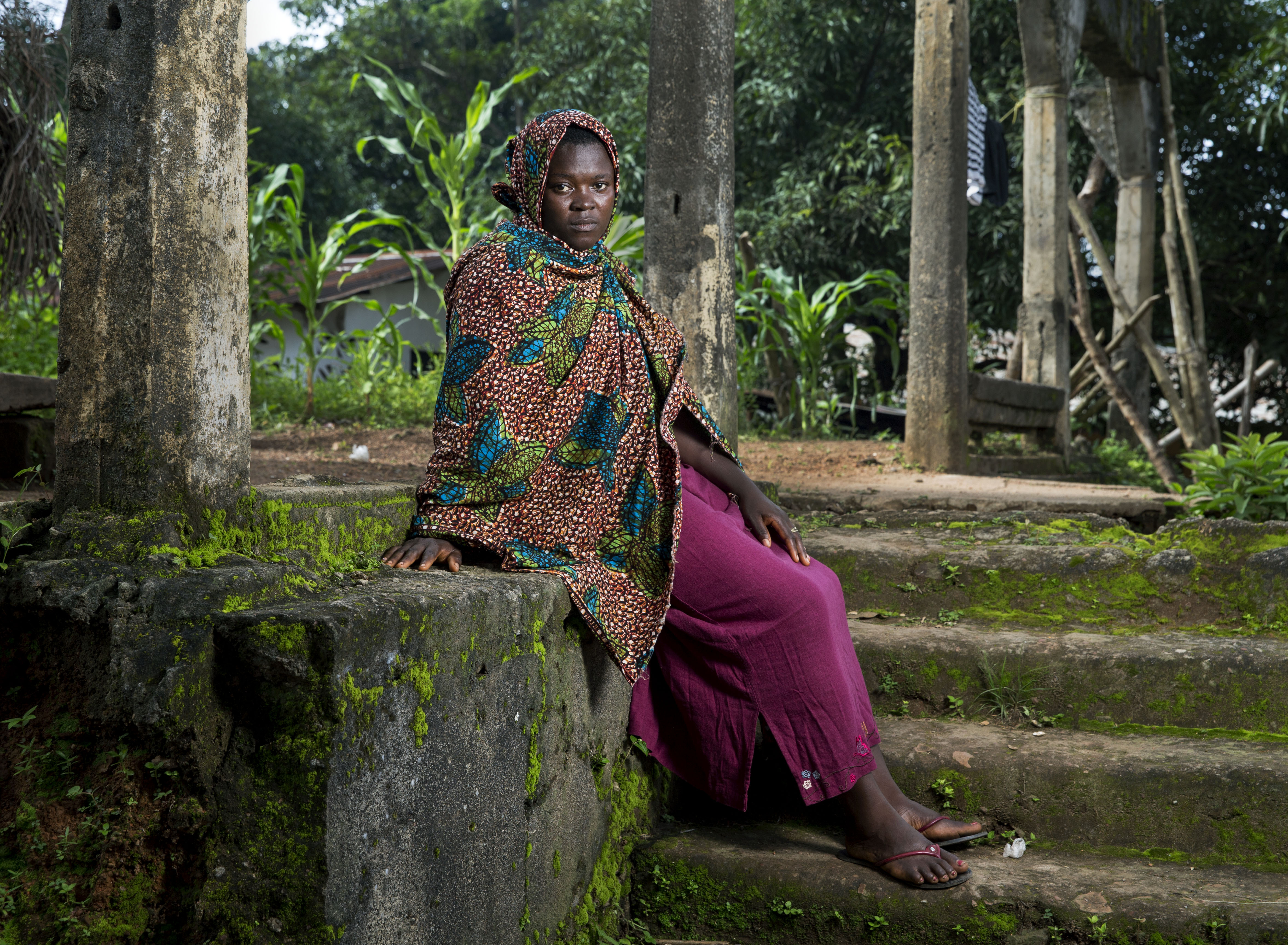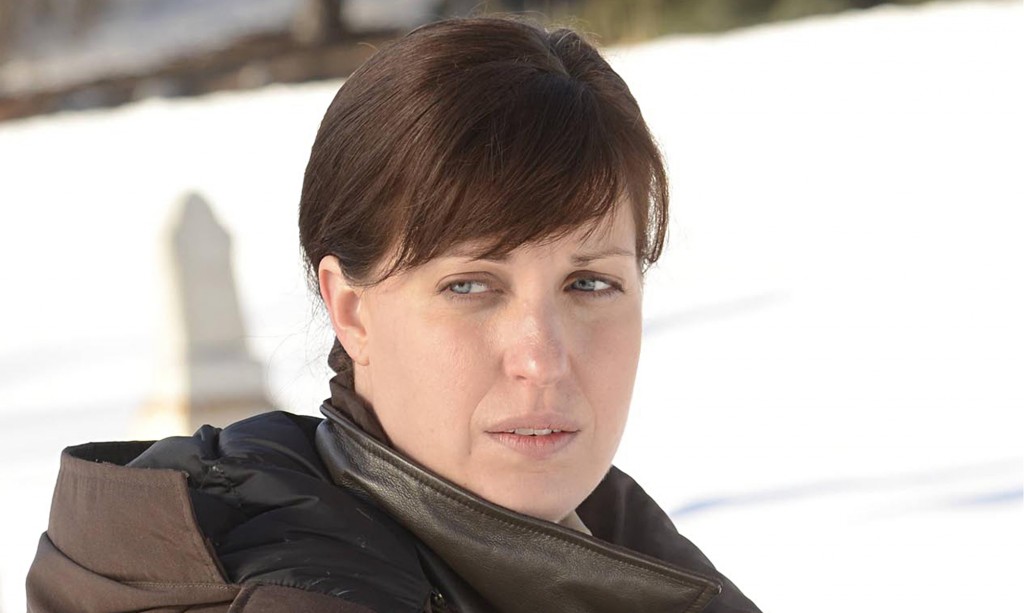This repost by Rachel Redfern appears as part of our theme week on Unlikable Women.
There are two Hollywood versions of Washington, D.C.–one where the president is Morgan Freeman and he’s strong, but compassionate, and you feel good about being an American. The other version is something out of a John Grisham novel in which the city is one giant 60 Minutes expose of cynicism and conspiracy (the latter version just makes you sad to be alive). VEEP is the second, minus the conspiracy and snipers and with the addition of obsessive BlackBerry use.
Since the show never features the president, VEEP is free to focus on the more trivial aspects of federal politics, like the clean jobs bill Selina tries to put together, only to have the president close it down and give her obesity instead (not that obesity isn’t a big issue, it just offers a few more humorous situations than Guantanamo Bay). VEEP is interesting though, not because the characters surrounding her are ridiculous, but because Selina, the main character, is ridiculous and unlikable herself. She’s a toxic political figure, a creator of monumental gaffes and inappropriate situations who doesn’t even have the excuse of good intentions. Her intentions are always self-serving and she treats her staff atrociously, often assigning them the blame for her mistakes.
 |
| Julia Louis-Dreyfus as Selina Meyer in HBO’s VEEP |
Humorously though, her cynical staff decide to turn it into a sympathy moment and try publish a story about in a woman’s magazine. It’s one of many instances when Selina’s stance as the loving, but absent mother plays a role in her political success; It’s only when Selina cries on camera about missing her daughter that her approval rating increases. Comedy shines again as the greater revelator of cultural inequality as Selina’s motherhood is constantly called into question (as is her femininity when she’s given the nickname, “Viagra inhibitor”). As is always the case, a male leader’s relationship with his children is less important than his hairline, but a female leader must always appear guilty and remorseful about her position, she must always regret the fact that her ambition has taken her out of the home or risk being perceived as cold-hearted or worse, un-maternal.
In the end, Selina (and even most of her staff) are undeniably unlikable people. Very little (if any) time of the sitcom is spent showing political figures as doing anything to improve the lives of their constituents; rather their days are filled with scheming and backbiting. Despite the fact that the characters aren’t people you would ever want to meet, the show does highlight the selfish and elitist world of the Unites States’ highest political people, and it’s a nice change to have that shown with a female lead.
Aside from the very astute commentary that the show makes about gender and politics, one of it’s greatest strengths is in the area of the gaffe. Oh the political gaffe: Romney and his 47 percent, Akin and his “women have a way to shut that whole thing down,” Vice-President Joe Biden about half the time. While all we see is the unbelievably stupid thing that a public figure has just said on national television, VEEP does an excellent job of leading up to Selina’s gaffes. They give us the background story and the same information that Selina is given so that when the gaffe does occur it’s incredibly funny, but also a bit understandable. It’s an element of the show that serves as a great reminder of the humanity of our politicians; while yes they say stupid things sometimes, we probably would too if we were in their shoes. I mean, I say stupid stuff all the time, I’m just lucky enough that there aren’t any TV cameras around when I say it. At the end of the day, politicians are just people with better hair.
Rachel Redfern has an MA in English literature, where she conducted research on modern American literature and film and its intersection, however she spends most of her time watching HBO shows, traveling, and blogging and reading about feminism.






